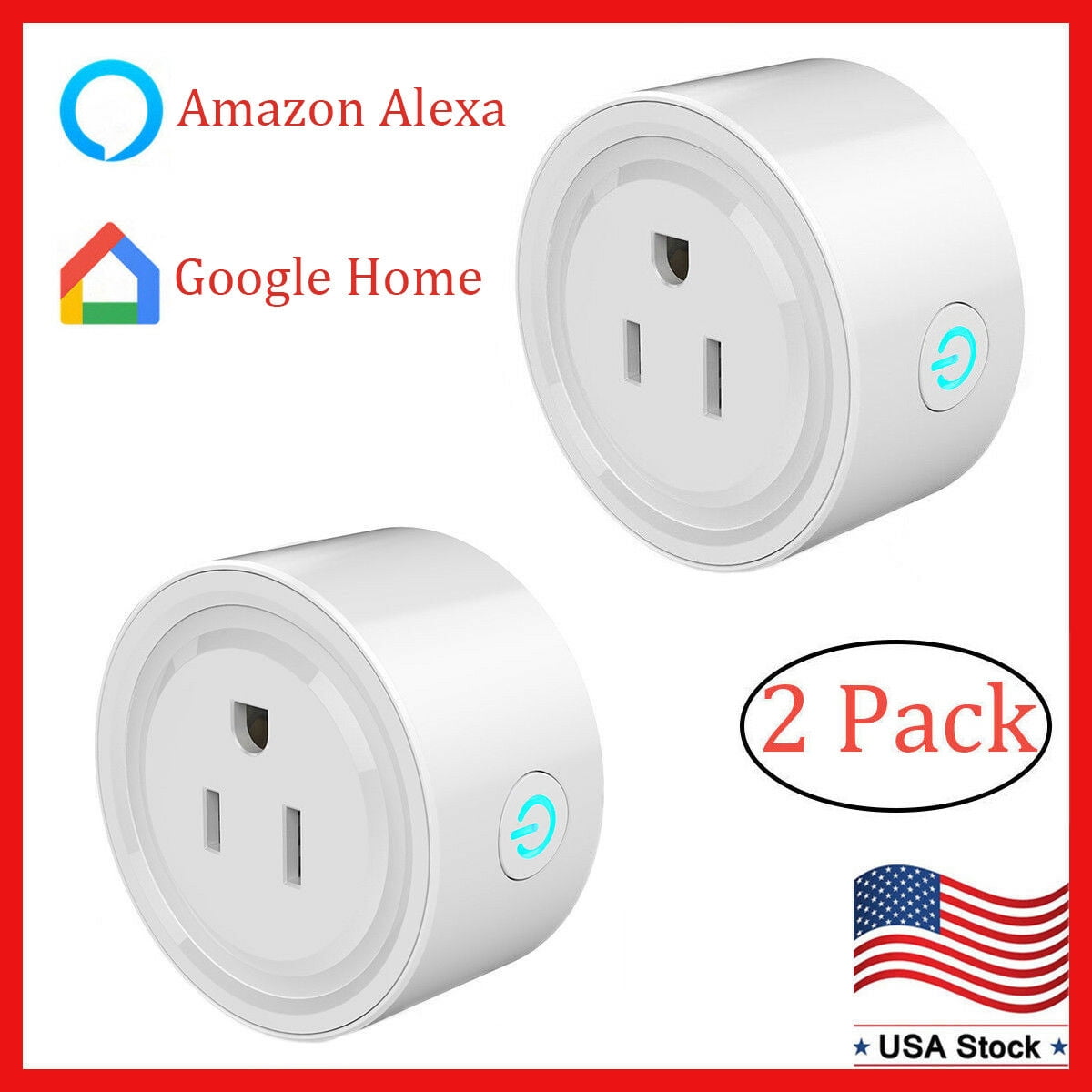
SMART CONVERTER PLUG CODE
The board is only used to upload the Arduino code into the ESP8266 module. Note: We are using this Arduino Wi-Fi Shield that we build earlier. Hence we will program our ESP8266 as a captive portal, that way once we have connected to the ESP’s Wi-Fi signal we will be taken to a webpage from where we can turn on/off our load. This Wi-Fi signal will always be available as long as the ESP8266 is powered. So how will I turn it on back again remotely? Luckily, our ESP8266 can be used as an access point, meaning it can also act like a router by sending its own wi-fi signal. Please restart your router, by turning it off and then turning it on again after few seconds” Puffff! Tired of walking my way to the router every time, I decided to build this wifi smart plug and control my router using it.īut, wait a minute! I will no longer have access to internet once I turn off my router. Because at times my internet connection goes down and when I call my customer care, the standard answer that I get is “Sir, I am sorry for the inconvenience caused.

Here, the purpose is to turn on/off my Wi-Fi router by just using the Smartphone directly from my workstation. But today, the requirement of this project is slightly different. We have already built a handful of home automation projects, from simple RF based Home automation to my favorite Google assistant based Voice controlled home automation. Fun right? So let’s get into the project ….

After that just keep the main switch of your socket always on, and you can control your Load directly from your Smartphone. The device that we built can easily be plugged into any exiting AC socket and then on the other end you can connect the actual load simply by plugging it into this socket on our device. So, in this project I will show you how you can build your very own Smart plug using ESP8266 Wi-Fi module. While products like these are already available in the market, like the popular Moko WiFi Smart Plug or Sonoff, they are a bit expensive and on top of that it doesn’t give you the joy of building your own. If you prefer to travel as light as possible, get an international adapter set, which allows you to take only the adapters you need.Ever since I started to work with the ESP Wi-Fi Modules, I always wanted to build a smart Wi-Fi socket that enables me to control my AC loads wirelessly through smart phone. Note that these won’t always work for appliances that need to be grounded, which will require a more expensive grounding adapter. If you shop around, you can usually find one for less than $10 online ( this one also comes with a surge protector). If you travel a lot, invest in a universal travel adapter, which lets you slide out different plug formations so that you can use the adapter in outlets in any country. If you’re packing lots of devices (like a camera, smartphone, and tablet), you should invest in multiple adapters so that you can charge all of your electronics at once. Most are small and lightweight, making them easy to pack. An adapter will allow you only to plug your appliance into another type of outlet. Related: 10 Cheap Travel Gadgets Under $20 That Are Surprisingly Useful Travel Adapter PlugsĮven if two countries operate on the same voltage, their outlets might not take the same shape of plug-and that’s where an adapter comes in. If this is the case, you’ll only need a plug adapter (see below for more details). If you see something like “INPUT AC 120/240 V 50-60 Hz 1300 W,” then your device is dual-voltage, and you can safely use it for voltages anywhere between 120 V and 240 V. If you want to use it elsewhere, you’ll need a converter.

How do you know if your device is dual-voltage? Check the label and/or owner’s manual: If it says something similar to “INPUT AC 120 VAC 60 Hz 200 W,” then your gadget is single-voltage and can only be used on 120 V. Most smartphones, tablets, and other gadgets are dual-voltage, and if you use a converter on something that is already dual-voltage, you can damage your device. The vast majority of modern travel gadets are dual-voltage, meaning they automatically convert to run on other voltage systems. For a complete list of voltage requirements by country, visit .īefore you run out and buy a voltage converter, there’s a very important piece of information you need to know. While Japan, most of North America, and parts of South America and the Caribbean use voltage between 100 and 125, the vast majority of the world uses 220 to 240 volts. Most American-made electrical appliances work at 110 volts.


 0 kommentar(er)
0 kommentar(er)
